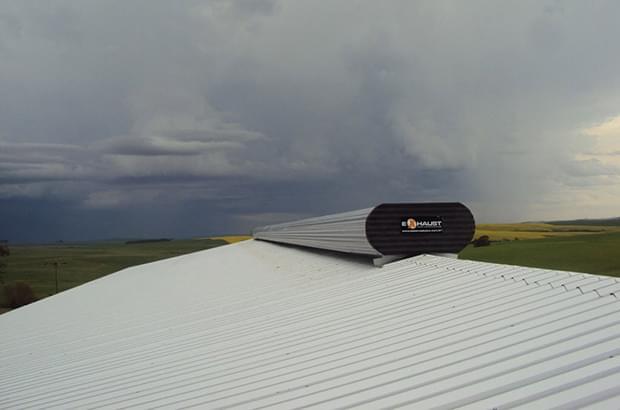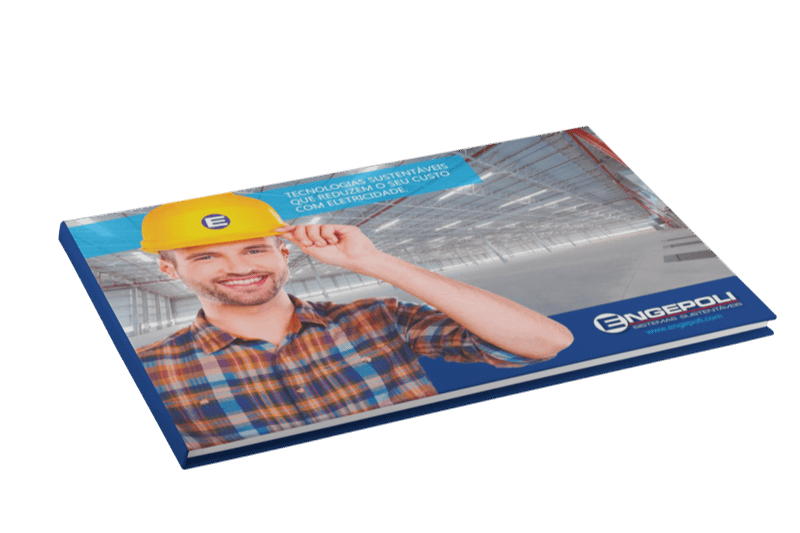The change of air is an expression associated with the quest for well-being. The quality of life is closely linked to the conditions of the environment in which we are and the characteristics of the air that this location offers us to breathe. Not only are our lungs, throat and nose are the most affected by an atmosphere of poorly ventilated. Our systems intellectuals, such as memory, reflexes and quick thinking are shaken by the level of quality of the oxygen we breathe.
Our survival instinct evokes the need for change in the air. We have a natural tendency to identify hazards and good side by smell. The air exchange makes it possible that the winds carry harmful to human health, unwanted odours and even toxic gases. In essence, we seek environments airy, without opening hand of our thermal comfort.
Bioclimatic architecture and the search for intelligent outputs
These inherent human factors excite architectural thinking. Employing natural resources to equalize relations between artificial constructions and the natural environment in which they are inserted is a trend that advances in the middle of the elaboration of buildings.
But the prestige of the so-called “Bioclimatic Architecture” is not only in improving the quality of human life, but also in reducing energy consumption and the use of natural and clean resources.
The current projects have a demand for thermal well-being and air quality, without giving up the efficiency in the use of energy. Sustainable alternatives are the main weapons and reside, basically, in the exploration of light and natural air.
Cross ventilation and chimney effect
For these sustainable systems to work, environments must provide openings for entry of organic elements. In the case of natural ventilation, the air intakes must be aerodynamic in shape to prevent water from flowing in, in addition to well-planned positioning and dimensions.
Outside conventional windows, openings in the ceiling for the exit of the hot air, along with impurities and suspended microorganisms, end up becoming the most effective alternative for the exchange of the air, dispensing the use of air conditioners, that are true devourers of energy Power.
Cross ventilation therefore consists of the entrance of air through an opening and exit by another. The hot air rises, giving room for fresh and renewed air intake. The circulation and cleaning of the atmosphere of the environment is constant, generated by the chimney effect
Natural and sustainable fan
But for balance in ventilation and avoiding unwanted cooling, proper planning is needed. Engepoli has developed the natural ventilation system domus Skylux and offers a product of extreme efficiency in the change of airs.
Exhaust Natural Fans are designed to manage airflow and maintain balance between temperature and ambient pressure. They can be used in new projects or adapted to the already established constructions.
Advantages of the Skylux domus system in polycarbonate sheets:
-
Thermal comfort in the environment
-
Savings in electricity expenses
-
Permanent ventilation
-
Elimination of dust, gases and impurities in suspension in the environment
-
Does not make noise
-
No maintenance cost
Technical Differentials of Natural Fans Exhaust:
-
Metal frames of fans with all their welded connections
-
Structures galvanized by fire in natural or painted color
-
Lateral closing can be natural or in the color chosen by the customer
-
Monitoring and total support of our technicians
-
Totally watertight without any leakage
With so many benefits, using natural ventilation in your projects is very advantageous! Want to know more about Engepoli and the Natural Fans Exhaust? Like our fanpage And monitor our contents daily.



